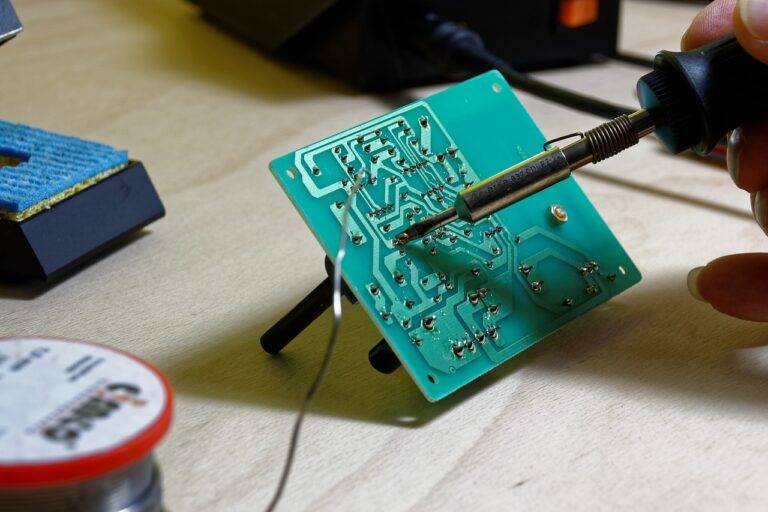Cybersecurity Challenges in the Internet of Things
The proliferation of Internet of Things (IoT) devices has brought about numerous conveniences for users, yet it has also introduced a plethora of security vulnerabilities. These vulnerabilities stem from the sheer complexity and interconnected nature of these devices, making them susceptible to hacking and unauthorized access. Consequently, personal data stored on IoT devices, such as smart home hubs and wearable gadgets, are at risk of being compromised.
One common security vulnerability in IoT devices is the use of default or weak passwords. Many users fail to change the default passwords provided by manufacturers, leaving their devices easily accessible to cyber attackers. Moreover, the lack of regular security updates and patches for IoT devices further exacerbates the risk of exploitation, as these devices may contain outdated software with known vulnerabilities.
Data Privacy Concerns in IoT Networks
Data privacy concerns in IoT networks have become a pressing issue in today’s digital age. With the proliferation of interconnected devices collecting and transmitting sensitive information, the risk of data breaches and privacy intrusions has soared. As more IoT devices are incorporated into our daily lives, the potential for unauthorized access to personal data continues to grow.
The lack of robust security measures in many IoT devices leaves them vulnerable to cyberattacks, putting the privacy of users at great risk. From smart home appliances to wearable fitness trackers, the data gathered by these devices can paint a detailed picture of an individual’s habits and routines. As such, ensuring the protection of this data is paramount in safeguarding consumer privacy in the interconnected world of IoT networks.
What are some common security vulnerabilities in IoT devices?
Some common security vulnerabilities in IoT devices include insecure network connections, lack of encryption, default passwords, and unpatched software.
How do these security vulnerabilities impact data privacy in IoT networks?
These security vulnerabilities can lead to unauthorized access to sensitive data, data breaches, and privacy violations in IoT networks.
How can individuals protect their data privacy in IoT networks?
Individuals can protect their data privacy in IoT networks by ensuring they use strong, unique passwords, keeping their devices and software up to date, and being cautious about sharing personal information.
What measures can companies take to enhance data privacy in IoT networks?
Companies can enhance data privacy in IoT networks by implementing encryption, conducting regular security audits, and providing security training to employees.
What are some potential consequences of data privacy breaches in IoT networks?
Potential consequences of data privacy breaches in IoT networks include financial loss, reputation damage, legal repercussions, and loss of customer trust.





